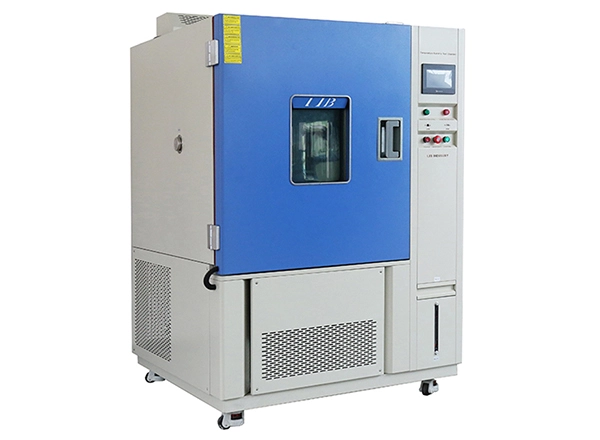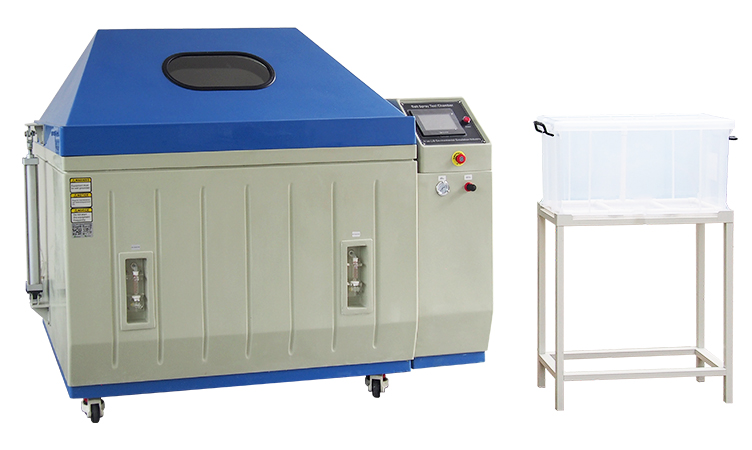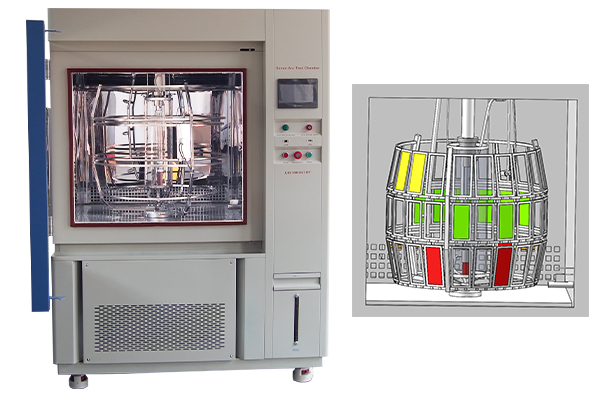

a. Electronic and electrical field
IPC standard: There are requirements for the maximum temperature of the PCB temperature cycle, which should be lower than the glass transfer point temperature (Tg) value of the PCB board 25℃; The temperature variability of PCBA should reach 15℃/min.
AECQ-104 standard: According to this standard, TC3(40 ° C ←→+125 ° C) or TC4(-55 ° C ←→+125 ° C) is used to meet the use environment of the engine room of the car.
JDEC 51 standard: Its 11 standards specifically address thermal measurement of electronic component packages under different environmental conditions.
b. Battery field
UL 1642: Specifies the temperature cycle test conditions for lithium batteries, such as 70 ° C to 20 ° C to -40 ° C (30min conversion).
IEC 62133: There are clear requirements for temperature cycle testing of batteries, such as 75 ° C to 20 ° C to -20 ° C (30min conversion).
SAE J2464: Specifies thermal shock test conditions for batteries, such as 70 ° C to -40 ° C (15min conversion).
c. Aerospace field
MIL-STD-1540: Specifies the thermal cycle, thermal shock and other related test requirements for aerospace components.
MIL-STD-750: The test methods and conditions for temperature cycling, thermal shock, etc. of semiconductor devices are regulated.
EIA-364-32: Specifies the thermal shock test requirements for components such as electronic connectors.
d. Photovoltaic field
IEC 61215: Solar cells are required to undergo thermal cycling tests, etc., to confirm that they can withstand the effects of high temperatures and humidity and subsequent sub-zero temperatures, etc.
IEC 61646: regulates the testing of thin-film solar cells, including thermal cycling, to ensure product quality and reliability.
IEC 62108: Specifies the thermal cycle and other test requirements for concentrating solar cells.
 English
English русский
русский français
français العربية
العربية Deutsch
Deutsch Español
Español


